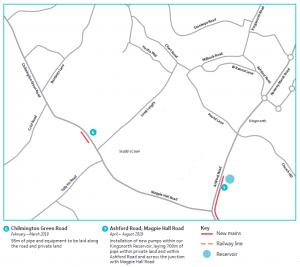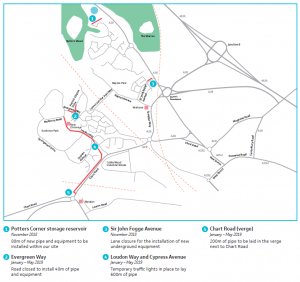A2070 Closures 10 December
As part of the improvement works for the construction of junction 10a, a roundabout is being built in preparation for a dual carriageway link road between the new junction 10a and the A2070.
In order to complete the construction of the new roundabout a number of overnight road closures are required
| Start of Closure | End of Closure – A2070 reopens |
|---|---|
| 10 December 22:00 (Monday) | 06:00 on 11 December |
| 11 December 22:00 (Tuesday) | 06:00 on 12 December |
| 12 December 22:00 (Wednesday) | 06:00 on 13 December |
| 13 December 22:00 (Thursday) | 06:00 on 14 December |
| 14 December 22:00 (Friday) | 06:00 on 15 December |
Please find attached a letter with additional details for the overnight road closures.
I hope this information is helpful and we apologise in advance for any inconvenience these works may cause. If you have any questions please contact us by visiting our scheme webpage at
www.highwaysengland.co.uk/M20J10a,
email a member of our Project Team at M20J10AImprovements@highwaysengland.co.uk
or call our 24 Hour Customer Contact Centre
on 0300 123 5000 for further information.


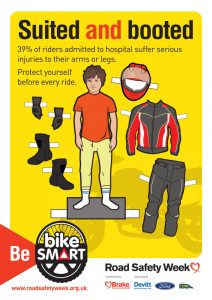
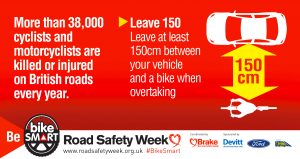


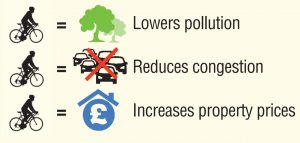
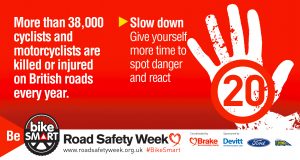
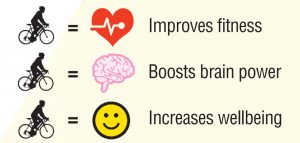
 Work being carried out by South East water is unlikely to affect traffic on the A28, Chart Road.Details were exhibited today at Godinton Village Hall of work proposed to reinforce the water supply in preparation for the construction of 5000 homes at Chilmington Green. Whilst works may cause disruption on Godinton and Repton Park, the 200m of pipe to be laid along Chart Road will be laid in the verge avoiding any need for disruption to traffic.
Work being carried out by South East water is unlikely to affect traffic on the A28, Chart Road.Details were exhibited today at Godinton Village Hall of work proposed to reinforce the water supply in preparation for the construction of 5000 homes at Chilmington Green. Whilst works may cause disruption on Godinton and Repton Park, the 200m of pipe to be laid along Chart Road will be laid in the verge avoiding any need for disruption to traffic.